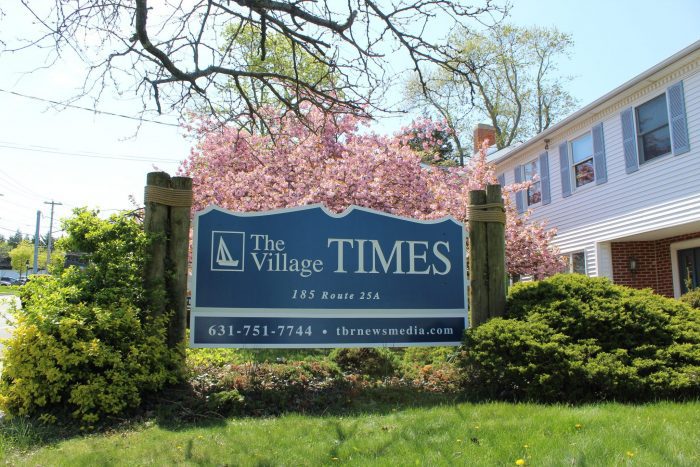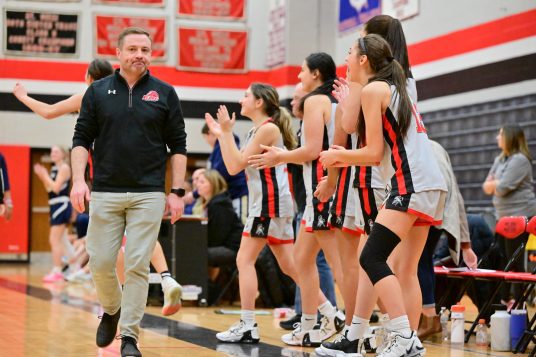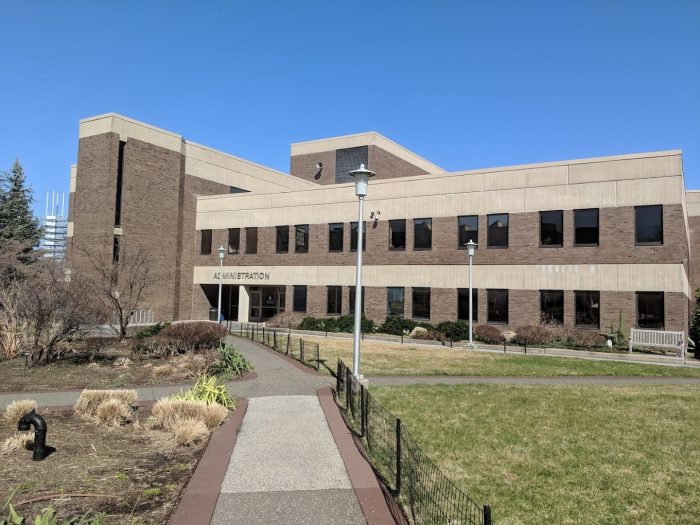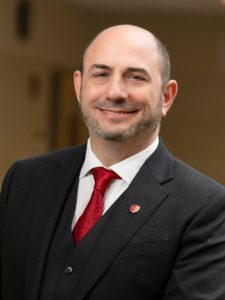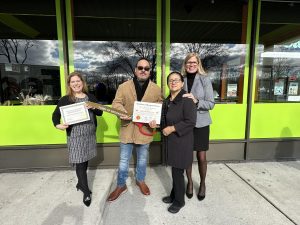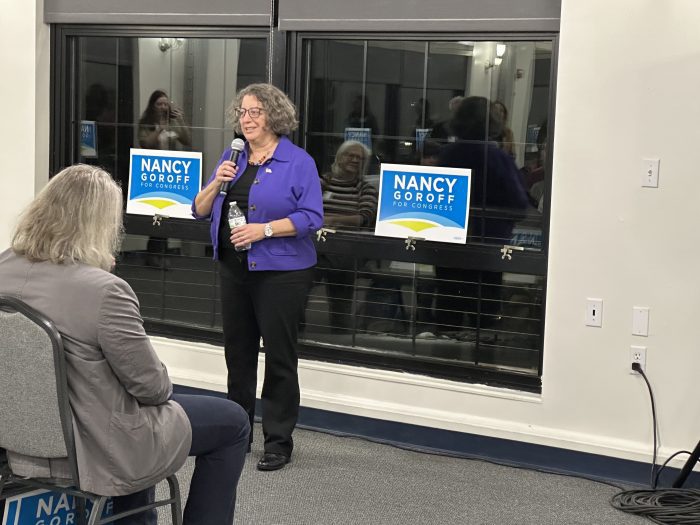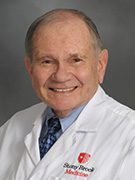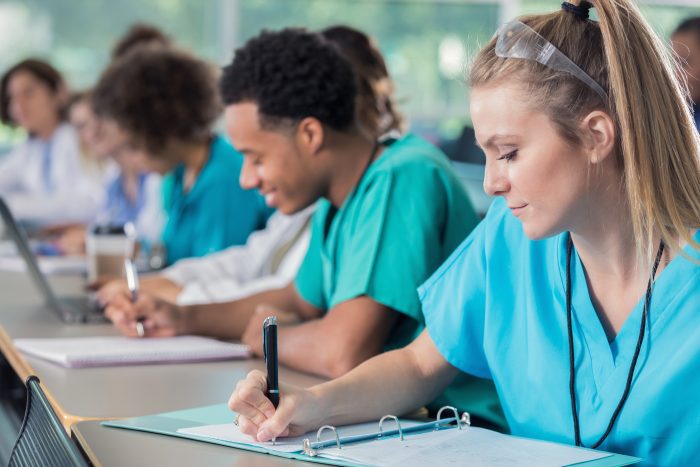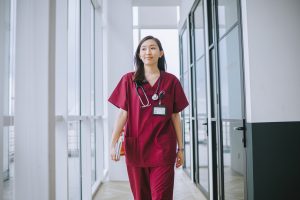Still no green light for Port Jeff Branch electrification
You can learn a great deal about the priorities of Gov. Kathy Hochul (D) in her State of the State speech, when it comes to any consideration for advancement of the $3.5 billion LIRR Port Jefferson Branch electrification project.
Only months ago, she participated in the announcement of a $7.7 billion Federal Transit Administration Full Funding Grant Agreement ($3.4 billion federal/$4.3 billion local share) for Phase 2 of the Second Avenue Subway. Before the shovel is even in the ground, she now wants to extend Second Avenue subway further west along 125th Street in Harlem for another $7 billion.
Hochul also wants funding to be provided for the start of design and engineering in support her pet $5.5 billon Brooklyn to Queens Light Rail Connector project. Hochul continues to be a vocal advocate in support of the $16 billion Gateway Tunnel — two new tunnels connecting New Jersey and Penn Station benefiting Amtrak and NJ Transit — and her own plans for an $8 billion Penn Station upgrade.
This same week, MTA Chairman Janno Lieber published his agency’s proposed 2024 Program of Projects to apply for FTA funding. Included is a request for $2.2 billion toward paying for the $3.1 billion Metro-North Bronx East Penn Station Access project. Hochul, along with Democratic Sens. Schumer and Gillibrand, have been consistent supporters for all of these projects.
There was nothing in Hochul’s State of the State speech or Lieber’s FTA 2024 Program of Projects to include any funding to advance the $3.5 billion LIRR Port Jefferson electrification project.
In the eyes and lack of action on the part of Hochul, Schumer, Gillibrand and Lieber, they have no interest in providing any significant financial assistance to support advancement of any major transportation improvements that would benefit LIRR Port Jefferson Branch residents, taxpayers and commuters.
Supporters of this project need to continue lobbying Hochul, Schumer, Gillibrand, Lieber and LIRR President Robert Free if you ever want to ride an electric train on the LIRR Port Jefferson Branch in your lifetime.
Larry Penner
Great Neck
Come join us at a Quaker meeting
We are writing to extend New Year’s well wishes and reintroduce ourselves to you. We are the Conscience Bay Meeting of the Religious Society of Friends (Quakers) — a small, but growing community practicing our faith.
The Quaker religious movement began in England in the mid-17th century and emphasizes the belief that “there is that of God in everyone” and that therefore all people can access “the Light within.” Our testimonies about simplicity, peace, integrity, community, equality and stewardship all flow from this core belief. Historically, Quakers have lived these testimonies by participating in movements to end wars, abolish slavery, and bring about racial and gender equality.
While Quakers have lived and worshiped in Suffolk County since around 1650, our own Quaker meeting was established in 1961 and found its home in St. James when William R. Huntington — a local architect and American Friends Service Committee representative to the United Nations — helped to facilitate the purchase of the property and the conversion of a carriage house to our meetinghouse.
Since its formation, our meeting has been moved to participate in a variety of activities driven by our testimonies: counseling conscientious objectors in the 1960s and ’70s; organizing against both the Shoreham Nuclear Power Plant in the 1980s and the stockpiling of nuclear materials; and marching against endless wars and social injustices in more recent decades.
In the current moment of international and national violence, our members and visitors have found sustenance in our Sunday practice. Waiting in silence upon the Light is a deep and powerful experience leading to spiritual guidance.
We invite you to join us. We worship every Sunday at 11 a.m. at our meetinghouse, off Moriches Road in St. James. All are welcome. More information at: consciencebayquakers.org. In friendship,
Carolyn Emerson
Clerk of Conscience Bay Meeting
Hardly an example of a great American
The recent letter [“Legal talented scientists are welcomed,” Jan. 18] making the distinction between legal and illegal immigrants listed Wernher von Braun as a great American together with Einstein, Tesla and others. He was an aerospace engineer secretly brought to the United States after World War II with other German scientists to contribute to the American space program.
He was one of the leaders of the Nazi V-2 missile program employing slave laborers at the Dora-Nordhausen concentration camp who were often worked to death or executed for work deficiencies.
He was an early Nazi Party member appointed as an officer in Heinrich Himmler’s SS that played a key role in the Holocaust and other war crimes. Whether von Braun’s admission that he knew of the horrendous condition of his workers should have led to his prosecution as a war criminal is a matter of legal interpretation, but he is hardly an example of a great American despite his recognition by the U.S. government and engineering societies for his work on the U.S. space program.
Lester G. Paldy
Distinguished Service Professor Emeritus
Stony Brook University
The illegal immigration issue
A few comments about your article addressing Cold Spring Harbor Laboratory President Bruce Stillman’s concerns [“CSHL’s Stillman concerned about the effect of anti-immigrant talk, policies on US science,” Jan. 11].
To begin, please stop hurting your credibility by referencing “anti-immigrant talk” or “toxic talk toward immigrants.” The issue is illegal immigration. I know, and you know, that you know this. Your disingenuous use of “immigration” casts a shadow on everything you say.
Exactly which “immigration policies that exclude a broad swath of people who might otherwise ensure American technological competitiveness” are there? I doubt they truly exist but if they do and you can cite them I will gladly work to change them. Bruce grew up in Australia so, unless he was born here and moved, is an immigrant hopefully ensuring American technological competitiveness and stands as a refutation to the claim about broad swaths.
As for the racist and sexist policy of diversity, equity and inclusion, Stillman appears to be the prototypical elitist, complaining that “now people are emboldened to attack those in leadership positions” and that “many people have an opinion on the way things ought to be.” Imagine that! Bruce seems upset that the peasants are revolting.
Paul Mannix
Wading River

